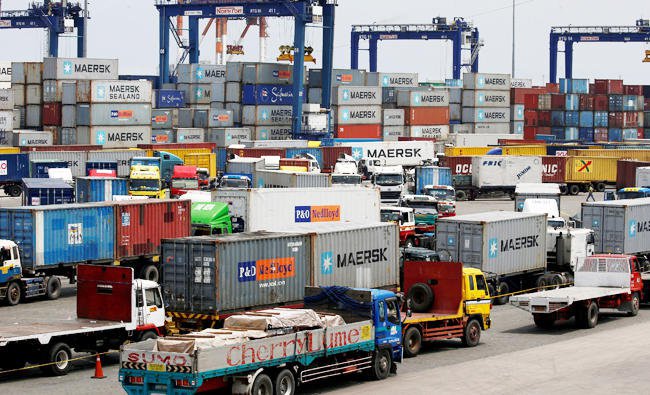Desperately needed airports and trains are part of Philippine President Rodrigo Duterte’s envisioned “golden age of infrastructure,” but graft, red tape and other perennial problems threaten the $170-billion plan.
Unprecedented influxes of money from China and Japan are key planks of the hoped-for building frenzy, which aims to rectify decades of under-spending that has been one of the main anchors of the Philippine economy, AFP reported.
Decrepit light rail lines in the capital Manila, which snake above ever-worsening traffic that has come to be known as “Carmageddon,” are among the most obvious symbols of the infrastructure problems.
“The city is really suffering now from lack of mobility, not only in terms of mobility, it is really the total absence of infrastructure,” Duterte said last week as he described Manila as “decaying”.
Duterte and his aides have repeatedly said the six years of his administration will be the “golden age of infrastructure,” with a record $168 billion to be spent on 5,000 projects across the nation.
If the plans come to fruition, infrastructure spending would reach 7.2% of the gross domestic product by 2022, when Duterte is due to step down—a huge increase from 1.8% in 2011.
The Philippines ranks 95th out of 138 countries for quality of infrastructure, and behind most of its Southeast Asian neighbors, Japan-based financial services group Nomura said in a recent report.
It said the lack of infrastructure was a huge drag on economic development, citing a Japan International Cooperation Agency estimate of traffic costs in Manila alone as equivalent to 4% of GDP.
Infrastructure spending started to rise during the administration of Benigno Aquino, who stepped down last year, but his much more ambitious plans were curtailed by many problems that will also confront Duterte.
“Financing is the least of the problems,” transport and infrastructure consultant Rene Santiago told AFP. He said: “The biggest obstacle is the implementation capacity of the government infrastructure agencies.”
Another major issue is corruption. Aquino was heavily criticized in some quarters for not spending more on infrastructure, but he said he had to slow down the contract-awarding process in an effort to increase transparency and minimize graft.
About 10 to 30% of an infrastructure project’s cost is typically lost to corruption, according to Vincent Lazatin, executive director of the Transparency and Accountability Network in Manila.
Lazatin said this rose to 50% when congressmen were directly involved in allocating national funds in a system known as “pork barrel”.


